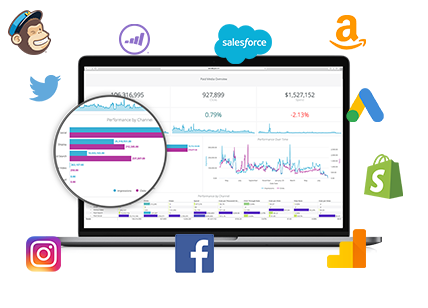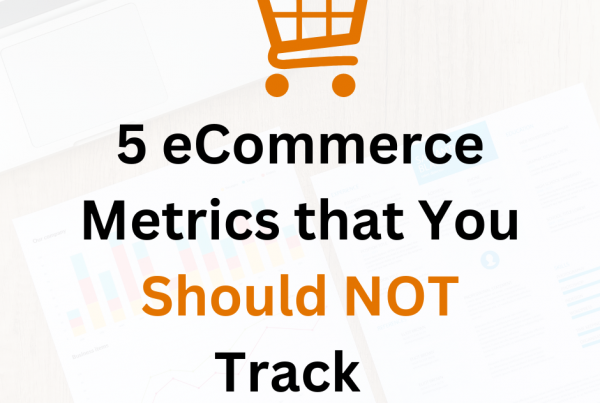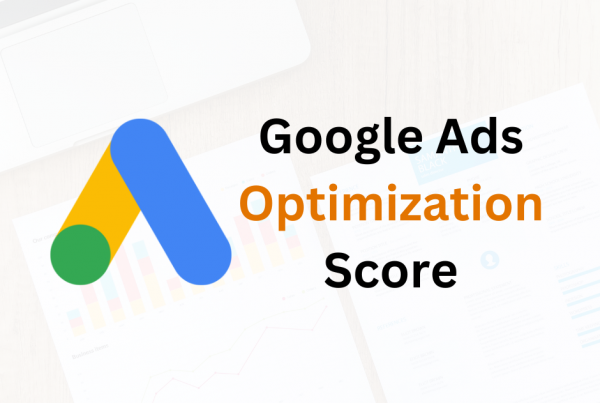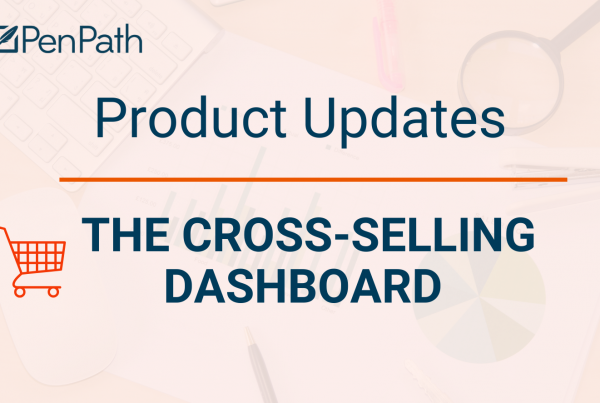February 12, 2024
Google Signals will be removed from the reporting identity on February 12, 2024.

What are Google Signals?
Google Signals are data from users who are signed-in to their Google accounts. For example, if such a user is signed in to their Gmail account (e.g., anna@gmail.com), Google can relay their data across different sites and platforms and have it be reported in Google Analytics 4.
When enabled, Google Signals is part of the reporting identity in Google Analytics 4.
Here’s how it works:
- Google Signals are required to report on age, gender, and interests.
- Cross-device tracking is another key feature of Google Signals. For instance, if a user visits your website using a laptop and returns a day later using a mobile phone, cross-device tracking helps attribute both visits to the same user.
- With Google Signals, you can create more effective remarketing campaigns by gaining insights into how users move between devices before converting as well.
What will be the impact of disabled Google Signals?
- The general sentiment is that this is a step in the right direction. This change improves Google Analytics reporting by reducing confusion and thresholds, resulting in more comprehensive data, especially with smaller amounts and Google Signals.
- However, Google Signals provide valuable cross-device insights, and its removal might limit the ability to understand how users interact with content across different devices. However, based on our experience, anonymous signed-in Google user data is rarely used in reports; it is unlikely that you will see any significant impact in your data.
- The only major change in GA4 is that Google signals won’t be used in Blended report identity.
In conclusion, the removal of Google Signals should not result in any drastic changes. So why is this happening? Well, Google is revamping Analytics to offer more straightforward and precise data analytics.
March 6, 2024
Implementing Google Consent Mode V2 is mandatory by March 6th, 2024 for all websites using Google services. This is relevant for websites that cater to the European audience.
What is Google Consent Mode?
Google Consent Mode (GCM) works together with Google Tag Manager, Google Analytics, and your Cookie tool.
When someone visits your website, they can choose to accept ‘necessary’ cookies but say no to ‘marketing’ ones. GCM makes sure that ‘marketing’ tags don’t kick in for that user, turning off specific tracking features.
This way, GCM adjusts how tags, like the Google Analytics tag, work to match the user’s choices.
In November 2023, Google launched a new and improved version of Google Consent Mode called Google Consent Mode v2 (GCM V2). This updated version, GCM V2, has been created to follow global data privacy regulations like the EU’s General Data Protection Regulation (GDPR) and the Digital Markets Act (DMA).
What do I need to do?
- Turn to your Cookie tool provider (technically referred to as Consent Management Platform) as they are the ones to provide support for this change. The following cookie tools already support Google Consent Mode V2:
- Adjust your website settings to stop Google Analytics 4 (GA4) tags or similar tags from activating when a user declines cookies.
- Include a consent flag to inform Google about the user’s consent decision effectively.
Make sure to complete this before March 2024.
What happens if I don’t implement the GCM V2?
It is still unclear. The potential impact will be on audience building and remarketing capabilities. In other words, advertisers will lose the ability to serve personalized and remarketed ads. We strongly recommend making the necessary update.
July 1st, 2024
All customers will lose access to the Universal Analytics interface and API starting on July 1, 2024.

All your data in Universal Analytics will be gone on July 1, 2024. Deleted. You will no longer be able to access Universal Analytics.
Additionally, if you have Universal Analytics integrated with another software via APIs, you will lose the capabilities of those APIs (even the read-only capability).
What can I do about it?
Make sure you export your historical data from Universal Analytics. Consider connecting data to other platforms like PenPath. PenPath dashboards will contain ALL of your historical data from both Universal Analytics and Google Analytics 4.

PenPath is an all-in-one data analytics & insights platform for e-commerce brands. Pull all your e-commerce data and marketing data from over 50 sources (Google Analytics, Google Ads, Klaviyo, Shopify, Magento, Facebook,…) into a single dashboard.
Learn how we handle your Google Analytics data by speaking to one of our specialists.





